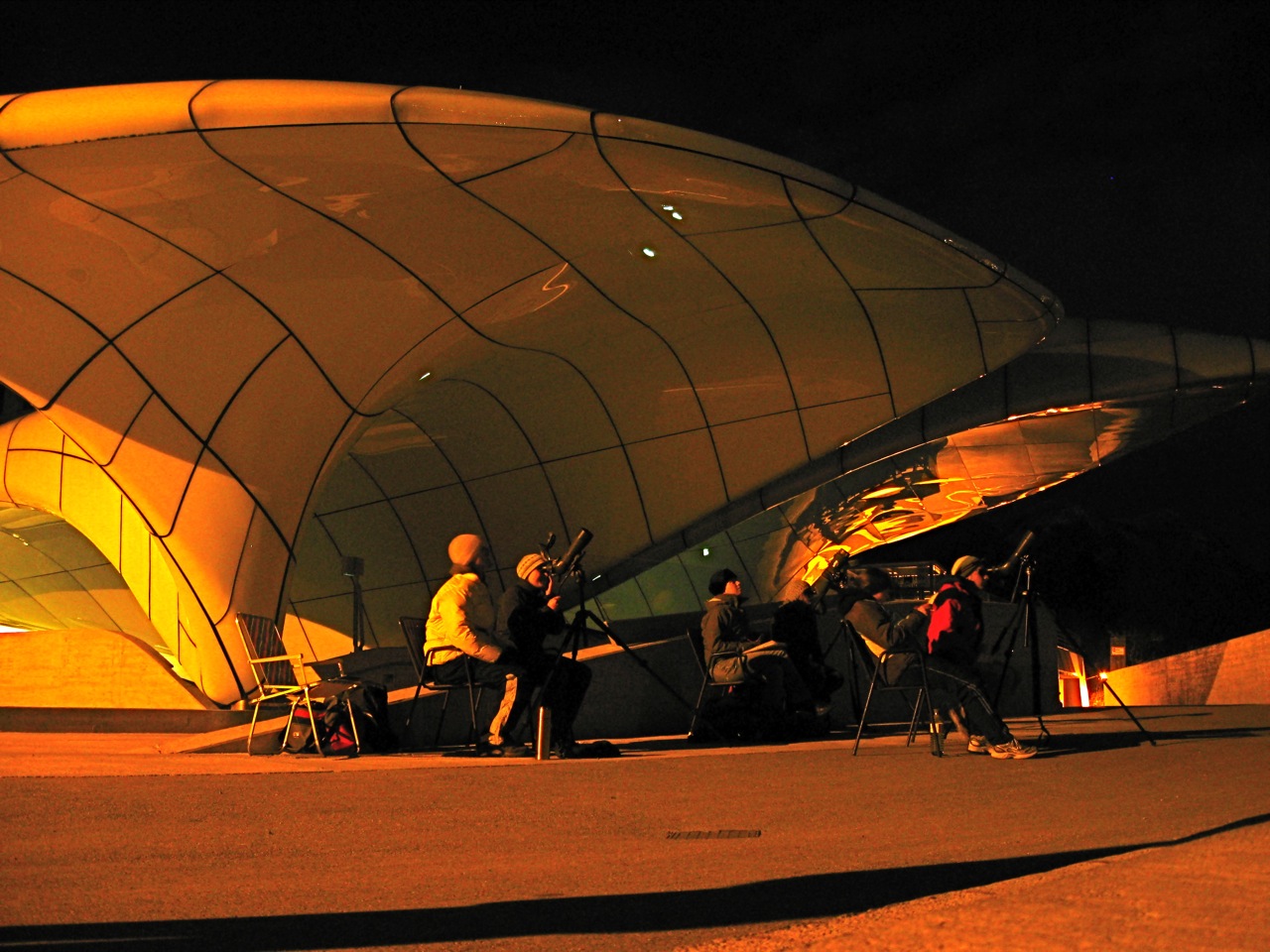Video on using the snapshot adapter to photograph a lioness (digibinning)
1. Slide the snapshot adapter on to the eyecup of the binoculars until it is firmly in place
2. Screw the eyecup back in as far as it will go
3. Switch your compact camera on so that the lens extends out of the camera body
4. Now if you play with the Swarovski snapshot adapter, you will see that it is made of two plastic rings. if you twist these two rings, the three plastic feet on the inside of the snapshot adapter will extend and retract. you want to retract these as far as possible by rotating the top ring anticlockwise. you now have a great big opening to insert your camera's zoom lens
5. Insert your camera's zoom lens in to the opening. If it does not fit in to the hole, then the snapshot adapter will not work for your camera (but I have only seen this with very few standard compact cameras)
6. Slowly rotate the upper ring of the snapshot adapter clockwise so that the holding feet come out to grip lightly against the camera's lens (you will have to holding the camera in place on the binoculars while you do this)
7. You camera should now be semi-fixed to the binoculars to form one fairly stable unit. Note: be careful that the snapshot adapter is not very tight against the zoom lens and that your camera does not turn itself off and try to retract the lens. I tend to have the connection firm but not too tight, and I usually turn off my "lens retract" automatic power off.
8. With one stable unit, you can now hold the binoculars in a vertical position, and adjust the focus on the binoculars until the subject is clear
9. Let your camera autofocus to fine-tune the image (macro mode is invariably best for both digiscoping and for digibinning), and
10. Take the photo!
 Digibinning with the new Swarovski Optik SLC 8x42 HD and a Nikon P6000.
Digibinning with the new Swarovski Optik SLC 8x42 HD and a Nikon P6000.Photo by Reinhard Hölzl - check out his stunning photos here
Because I tend to expend most of my bird photographic energies digiscoping with a regular telescope, I only tend to use digibinning through my binoculars when I do not have my birding scope with me. This is especially so when I am out hiking or birding in areas where I know the going will be tough (long, long hours; climbing/scrambling; thugs about; trudging through deep snow; torrential rain...). But at these times, it is really great to have a means to get some nice bird photos.
Note: this text is (mostly) taken from an earlier post, but the info is good so I thought it well worth posting again.
Happy digibinning,
Dale Forbes
























.jpg)








.jpg)



